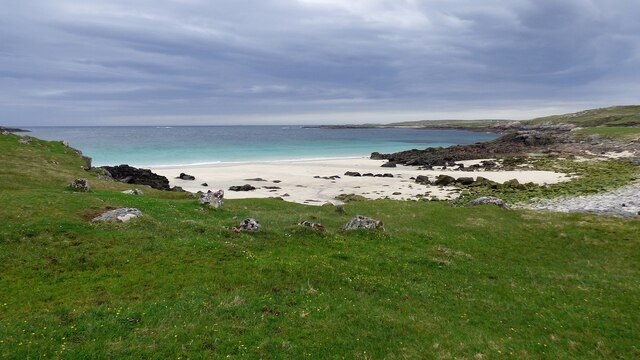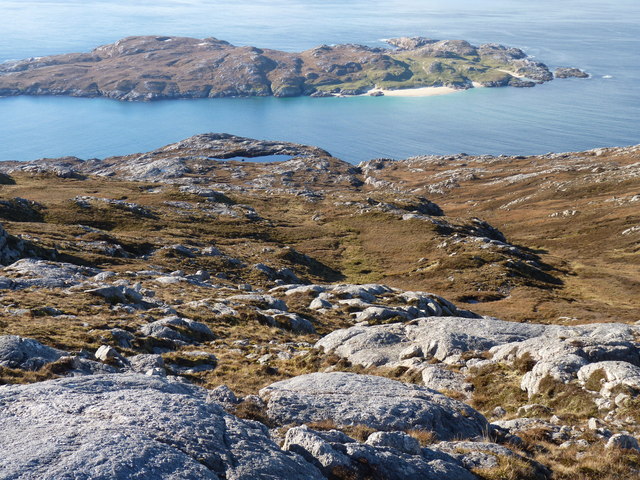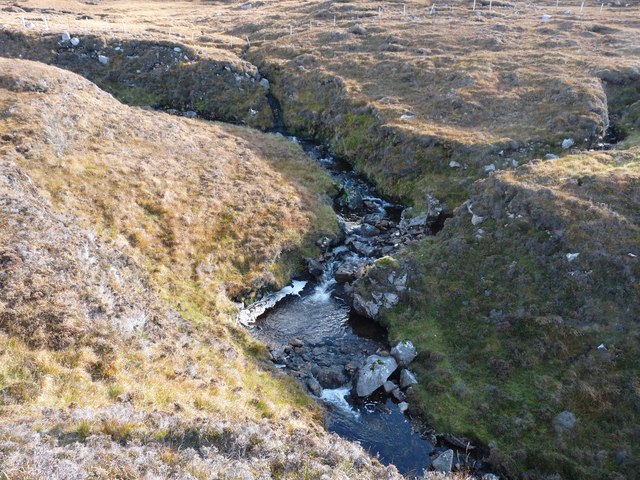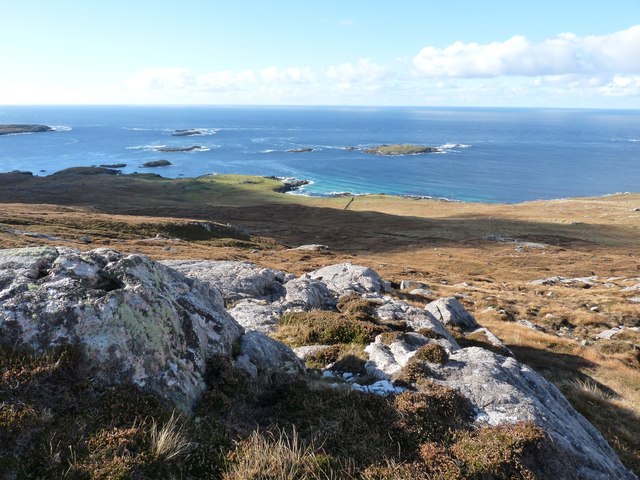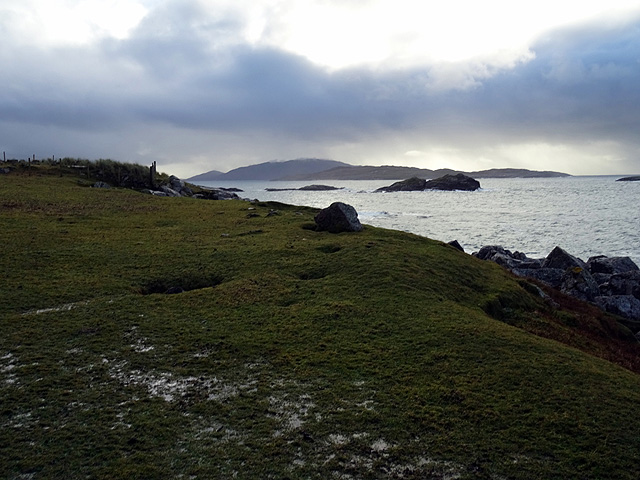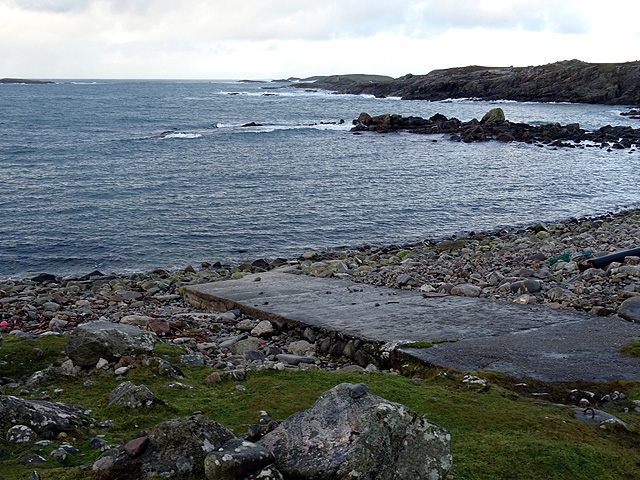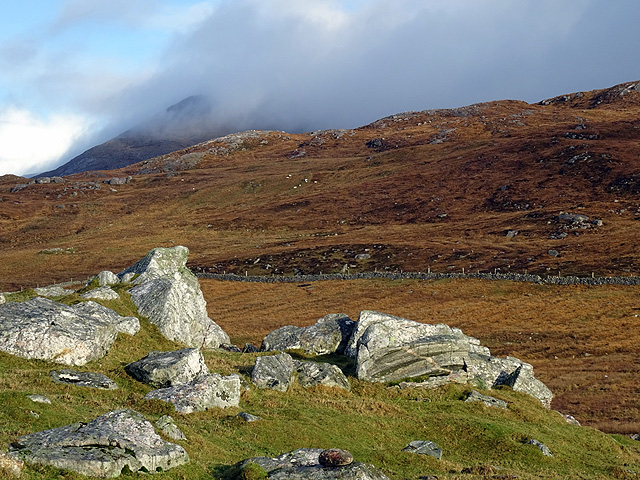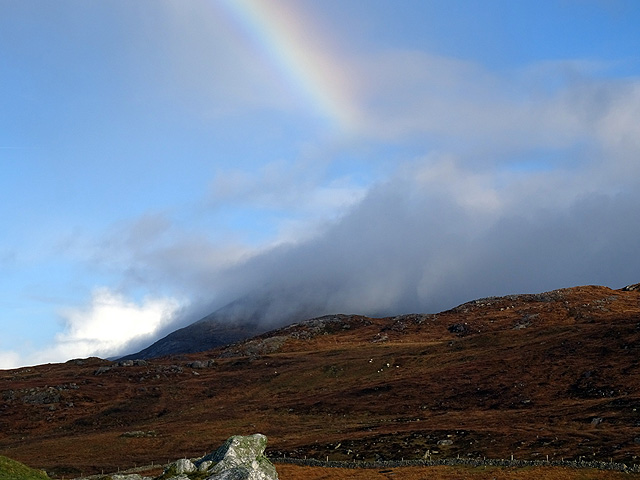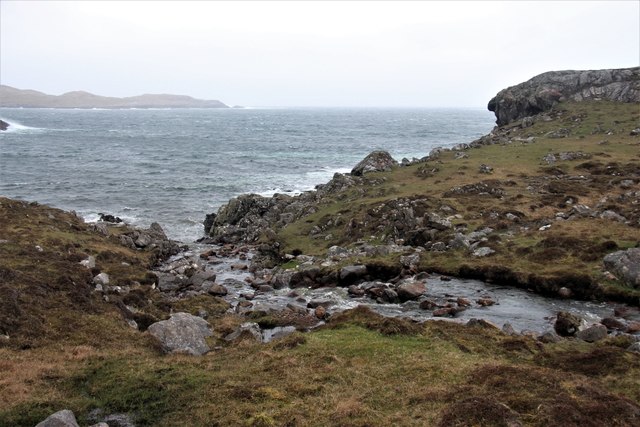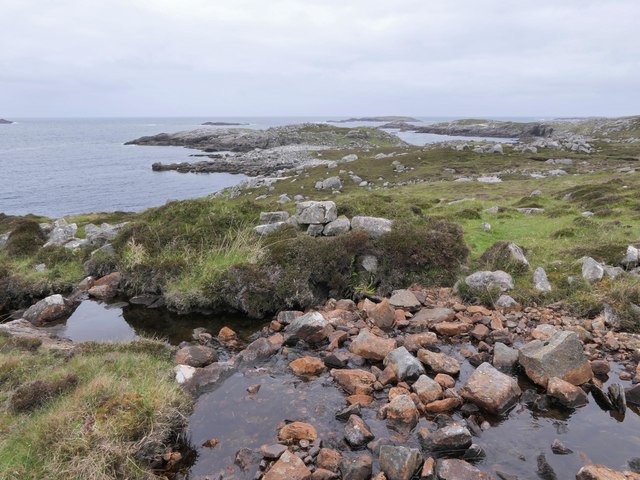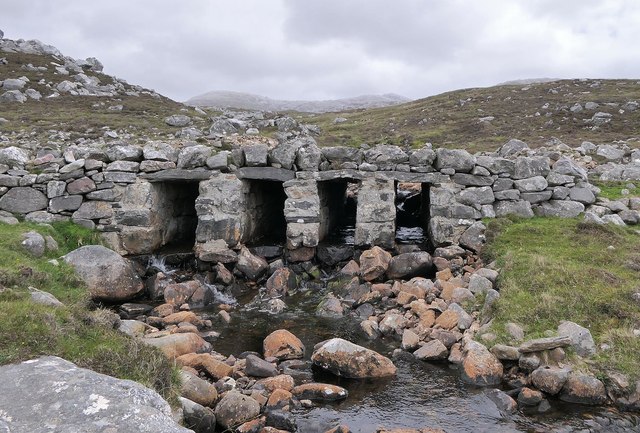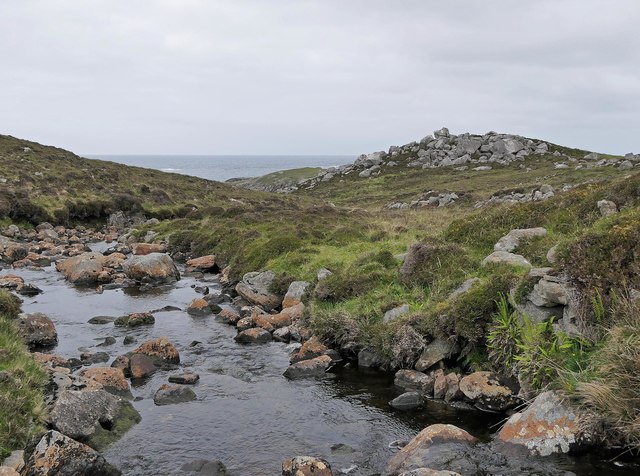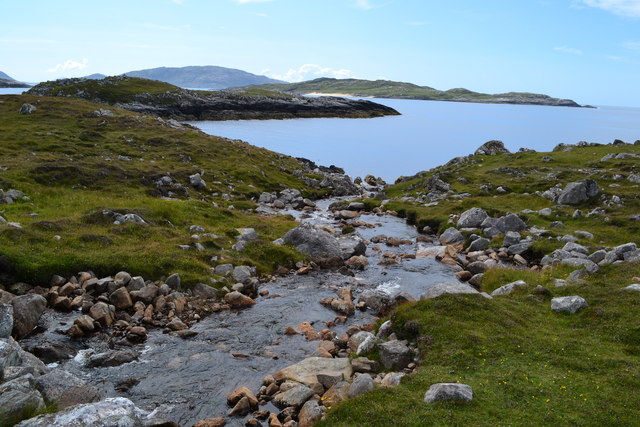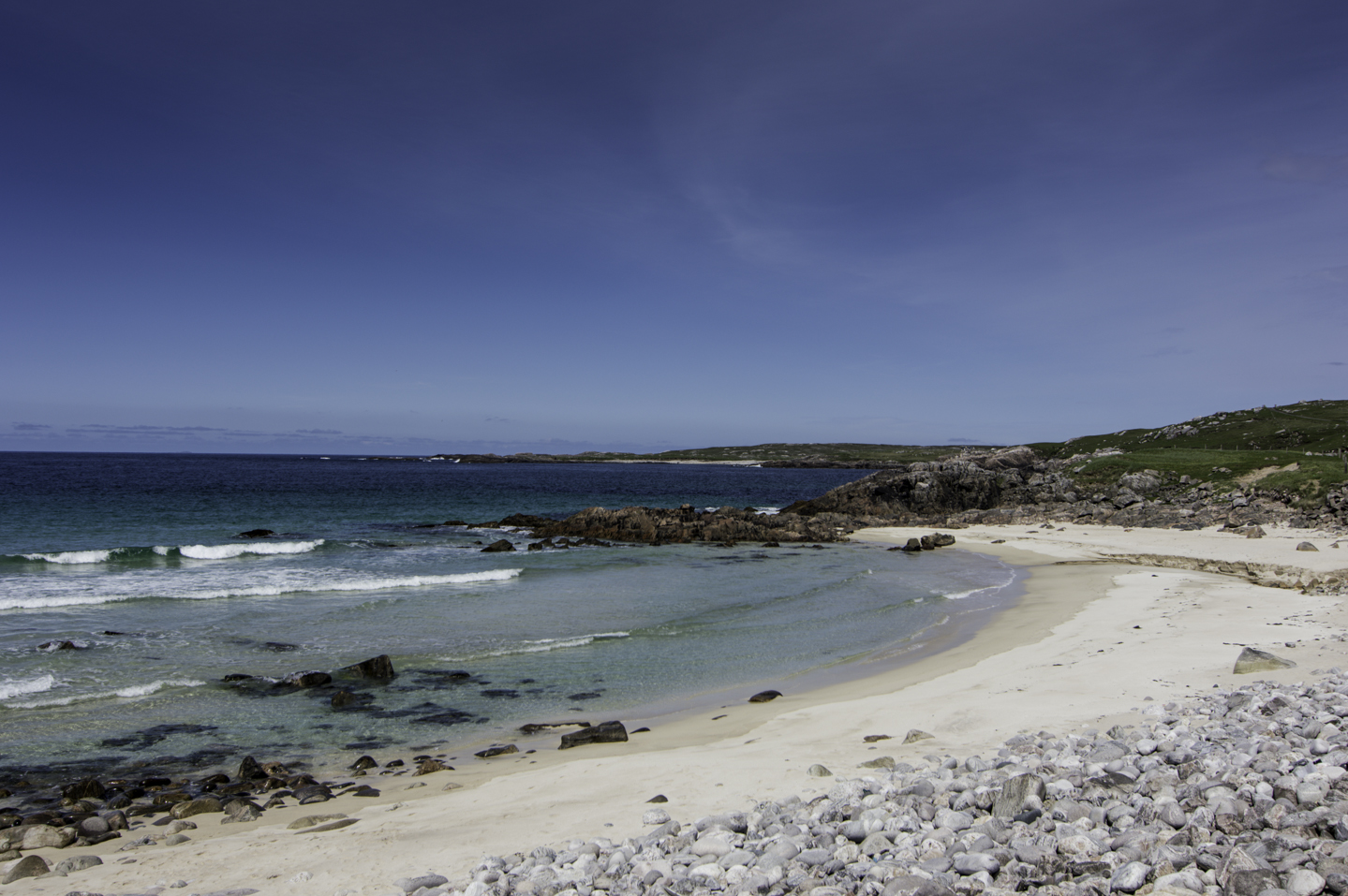Liath-Chleit
Coastal Feature, Headland, Point in Ross-shire
Scotland
Liath-Chleit
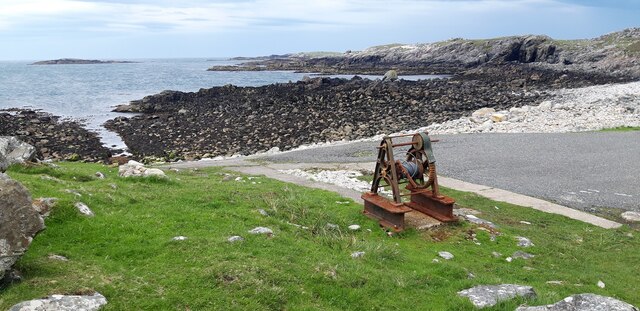
Liath-Chleit, located in Ross-shire, Scotland, is a prominent coastal feature known for its breathtaking headland and point. Situated on the rugged coastline of the Scottish Highlands, it offers stunning panoramic views of the surrounding sea and landscape.
The name "Liath-Chleit" translates to "grey rock" in Gaelic, which perfectly describes the rocky cliffs that make up this headland. Rising majestically from the sea, it is formed by layers of ancient sedimentary rock, which have been shaped and sculpted by the elements over centuries.
This coastal feature is a haven for nature enthusiasts and wildlife lovers. The headland provides a perfect vantage point for birdwatching, as sea birds such as gannets, puffins, and fulmars can be spotted nesting and gliding along the cliffs. Dolphins and seals are also frequently sighted in the waters surrounding Liath-Chleit, adding to its allure.
Exploring the area around Liath-Chleit is an adventure in itself. The headland offers a network of walking trails that wind through heather-covered moorland and along the cliff edge. These paths provide an opportunity to appreciate the stunning views, breathe in the invigorating sea air, and immerse oneself in the rugged beauty of the Scottish coastline.
For those interested in history, Liath-Chleit holds significance as well. The headland is home to several ancient archaeological sites, including Iron Age forts, burial cairns, and standing stones. These remnants of past civilizations offer a glimpse into the rich cultural heritage of the region.
Overall, Liath-Chleit is a captivating coastal feature, combining natural beauty, abundant wildlife, and a touch of history. Its dramatic cliffs, panoramic views, and diverse ecosystem make it a must-visit destination for nature lovers and adventure seekers alike.
If you have any feedback on the listing, please let us know in the comments section below.
Liath-Chleit Images
Images are sourced within 2km of 58.092963/-7.096646 or Grid Reference NA9922. Thanks to Geograph Open Source API. All images are credited.
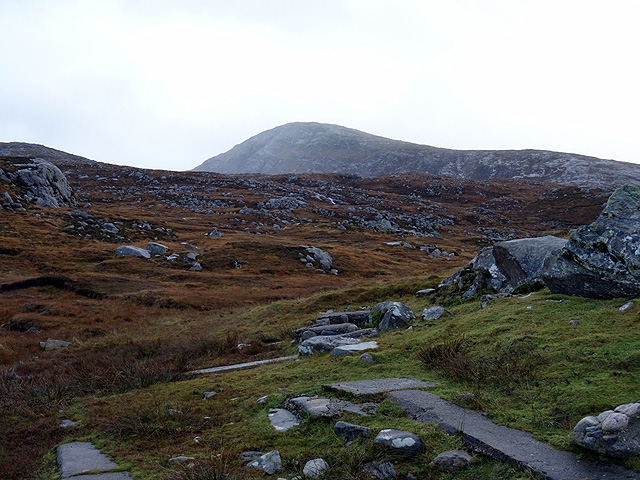
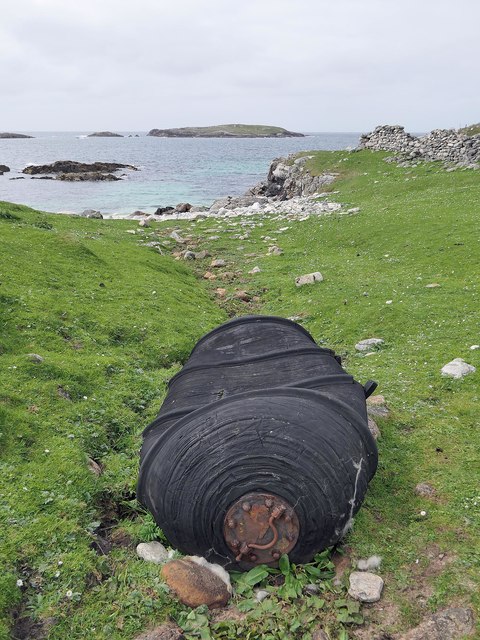
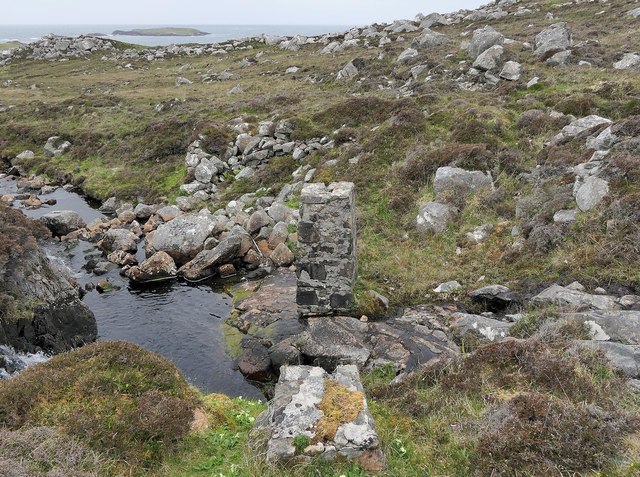
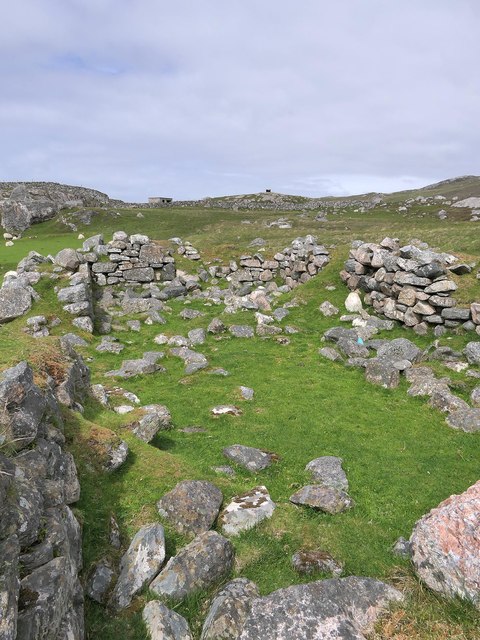
Liath-Chleit is located at Grid Ref: NA9922 (Lat: 58.092963, Lng: -7.096646)
Unitary Authority: Na h-Eileanan an Iar
Police Authority: Highlands and Islands
What 3 Words
///garlic.custodian.insert. Near Tarbert, Na h-Eileanan Siar
Nearby Locations
Related Wikis
Mealista
Mealista (Scottish Gaelic: Mealasta) was a township in the west of the Isle of Lewis. It is currently largely uninhabited due to the Highland Clearances...
Game pieces of the Lewis chessmen hoard
The game pieces of the Lewis chessmen hoard consist of ninety-three game pieces of the Lewis chessmen found on the Isle of Lewis in the Outer Hebrides...
Eilean Mhealasta
Eilean Mhealasta (Mealista Island) is an uninhabited island off the west coast of Lewis in the Outer Hebrides of Scotland. It takes its name from Mealista...
Brenish
Brenish (Scottish Gaelic: Brèinis) is a small village situated on the west coast of the Isle of Lewis, which is part of the Outer Hebrides of Scotland...
Have you been to Liath-Chleit?
Leave your review of Liath-Chleit below (or comments, questions and feedback).
